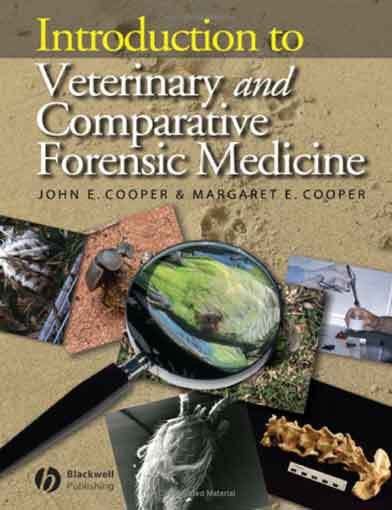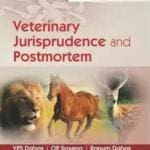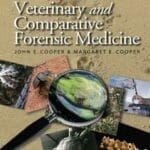Introduction to Veterinary and Comparative Forensic Medicine

By John E. Cooper, Margaret E. Cooper
Introduction to Veterinary and Comparative Forensic Medicine is a ground-breaking book in an emerging new speciality. It reflects the increasing demand for expert opinion by veterinarians and others in courts of law and elsewhere on such matters as:
- wildlife conservation,
- welfare of, and alleged cruelty to, animals,
- insurance, certification and malpractice
- the identification of live and dead species or their derivatives.
It also discusses and analyses current concern over possible links between domestic violence and abuse of animals. Throughout the book the emphasis is on the need for a systematic and thorough approach to forensic work. A particular feature is practical advice, with protocols on dealing with common problems, together with case studies, various appendices and an extensive bibliography.
A vital reference for members of the veterinary profession, lawyers, enforcement bodies and welfare and conservation organisations. The comparative aspects provide an important source of information for those working in human forensic medicine and the biological sciences.
This Book is For Premium Members Only









































